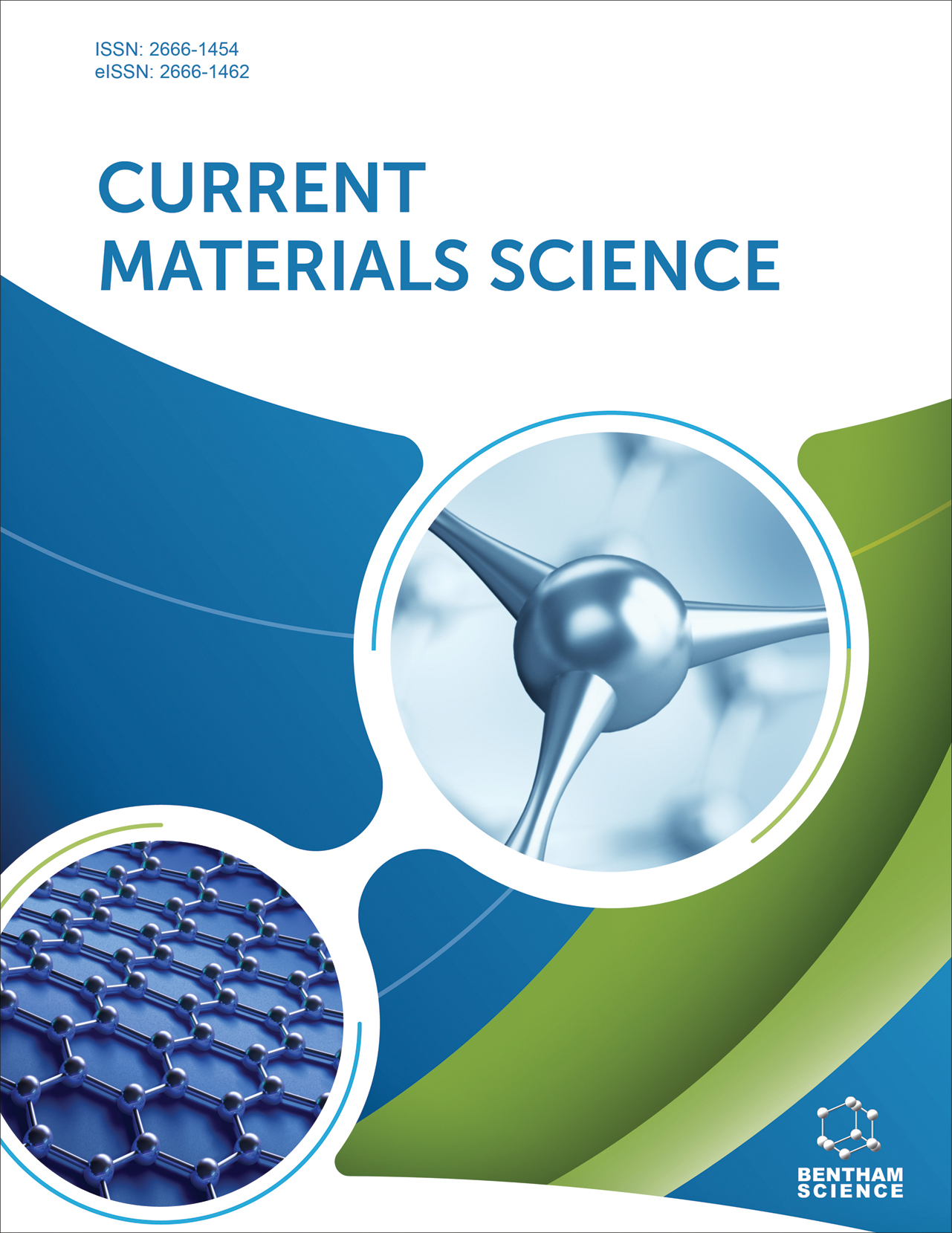
Full text loading...
We use cookies to track usage and preferences.I Understand

The demand for efficient heat dissipation in advanced electronic devices necessitates the development of polymer composites with exceptional thermal conductivity. Over the course of the last few years, a great deal of research has been conducted to augment the thermal management of polymer composites through the incorporation of fillers possessing exceptionally high thermal conductivity. Among these fillers, aluminum nitride (AlN) has emerged as an exemplary choice for enhancing the thermal conductivity properties of polymer composites. Nevertheless, the substantial thermal resistance that exists at the interface of the filler and polymer matrix, as well as between fillers themselves, significantly impedes heat conduction, thereby limiting the improvement in thermal conductivity. The concise review endeavors to illustrate the recent advancements in the production techniques of polymer/AlN composites that exhibit high thermal conductivity by creating a three-dimensional interconnected filler network. The review begins with an introduction to the proposed mechanisms of heat conductivity in polymer composites, followed by a brief discussion of the various factors influencing the thermal conductivity of these composites. Subsequently, the different methods for fabricating three-dimensional interconnected AlN networks in polymer/AlN composites, all aimed at enhancing thermal conductivity, are presented. The review aims to present novel methods for improving the thermal conductivity of polymer composites by building complex three-dimensional filler networks.

Article metrics loading...

Full text loading...
References


Data & Media loading...